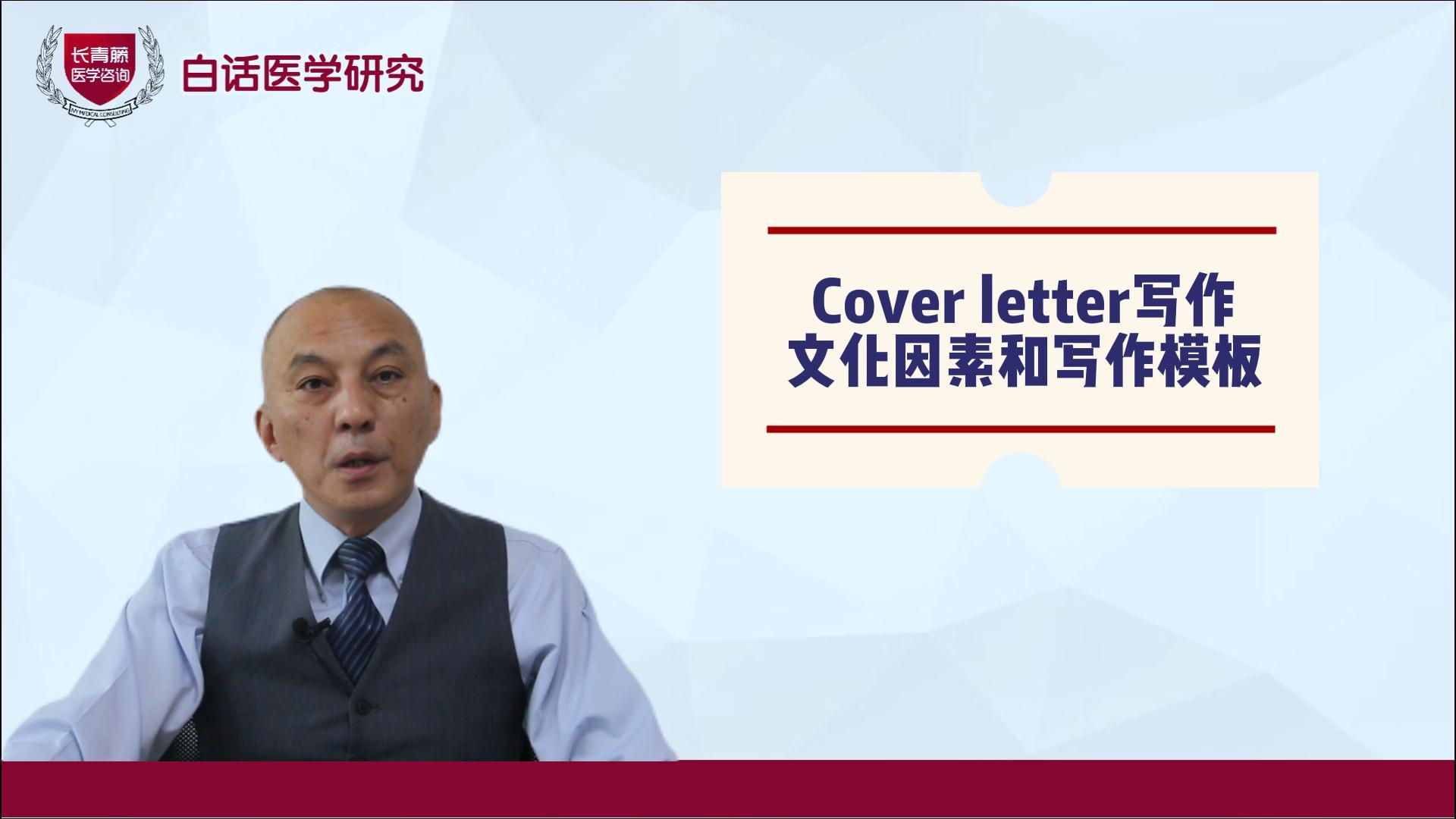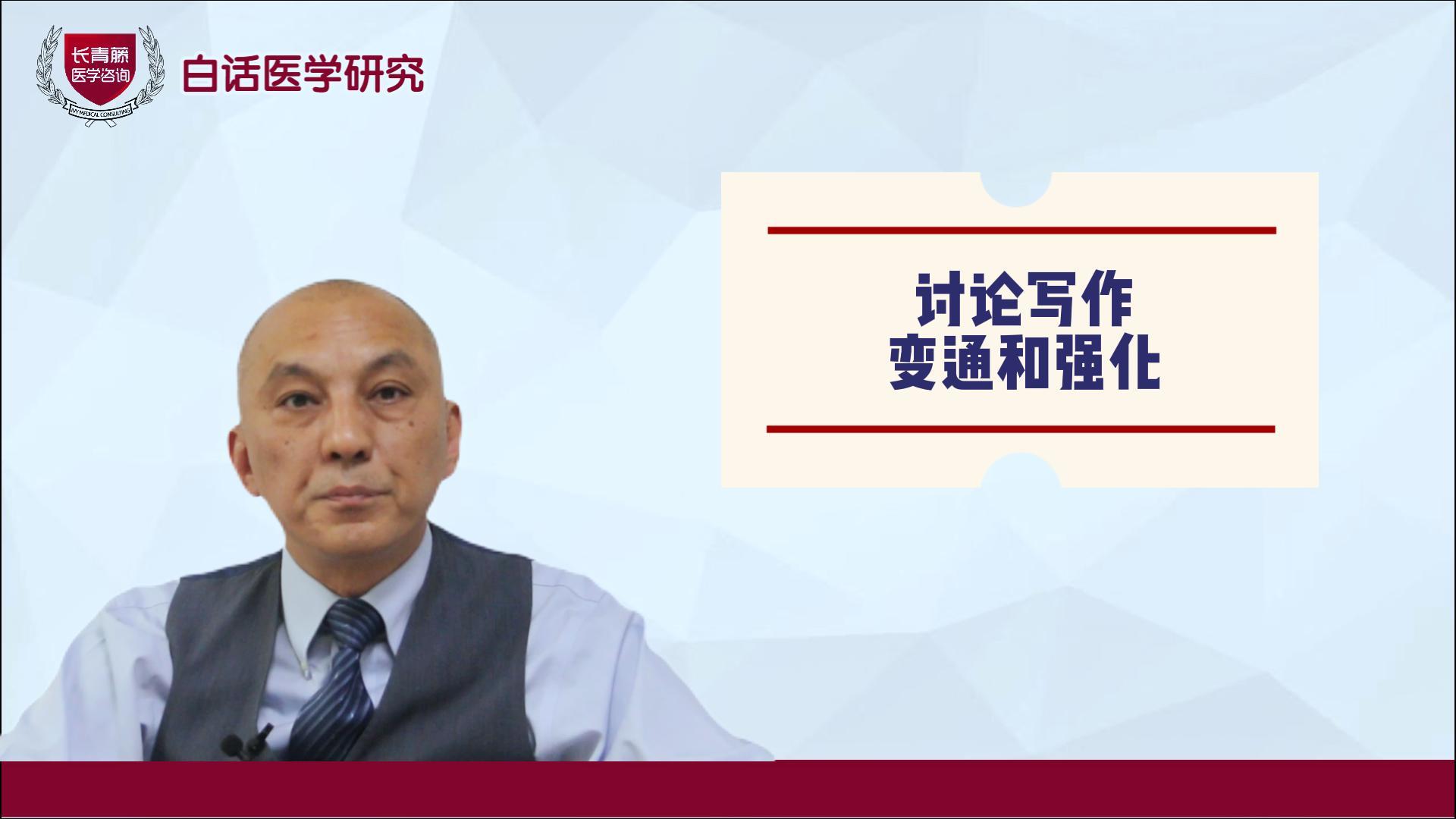2023-01-16


乳腺导管原位癌(DCIS)保守手术后全乳照射(WBI)可减少局部复发。我们调查了WBI后肿瘤床增加是否能改善预后,并检查了非低风险DCIS的辐射剂量分级敏感性。
该研究是一项国际、随机、公开的三期临床试验,涉及11个国家(澳大利亚、新西兰、新加坡、加拿大、荷兰、比利时、法国、瑞士、意大利、爱尔兰和英国)6个临床试验组织的136个参与中心。符合条件的患者为年龄在18岁及以上的单侧、经组织学证实的非低风险DCIS患者,患者接受了至少1mm的桡骨切除边缘清晰的保乳手术。他们被分配到四组(1:1:1:1),在常规和低分式WBI后进行无肿瘤床增强和增强,或在每个中心预先指定的常规或低分式WBI后随机分配到两组(1:1),在无肿瘤床增强和增强。常规WBI为50 Gy(25个馏分),低馏分WBI为42·5 Gy(16个馏分)。如果分配了8个分式的16戈瑞加强剂量,则在WBI后交付。患者和临床医生对治疗分配并不知情。主要终点为局部复发时间。
在2007年6月25日至2014年6月30日期间,1608名患者被随机分配到无加强治疗组(805名患者)或加强治疗组(803名患者)。831名患者接受常规WBI,777名患者接受低分割WBI。中位随访时间为6.6年。无加强组的5年无局部复发率为92.7% (95% CI为90.6-94.4%),加强组为97.1% (95.6-98.1%)(危险比为0.47;0.31-0.72;p < 0 001)。加强组的2级或更高级别的乳房疼痛发生率更高(10% [8-12%]比14% [12-17%],p=0.003)和硬结发生率更高(6% [5-8%]比14% [11-16%],p<0.001)。在切除的非低风险DCIS患者中,WBI后肿瘤床的增加减少了2级或更大毒性的局部复发。该结果提供了第一个随机试验数据,支持在这些患者术后WBI后使用增强辐射来改善局部控制。这项研究的国际规模支持了结果的普遍性。
Abstract
Background: Whole breast irradiation (WBI) after conservative surgery for ductal carcinoma in situ (DCIS) reduces local recurrence. We investigated whether a tumour bed boost after WBI improved outcomes, and examined radiation dose fractionation sensitivity for non-low-risk DCIS.
Methods: The study was an international, randomised, unmasked, phase 3 trial involving 136 participating centres of six clinical trials organisations in 11 countries (Australia, New Zealand, Singapore, Canada, the Netherlands, Belgium, France, Switzerland, Italy, Ireland, and the UK). Eligible patients were women aged 18 years or older with unilateral, histologically proven, non-low-risk DCIS treated by breast-conserving surgery with at least 1 mm of clear radial resection margins. They were assigned to one of four groups (1:1:1:1) of no tumour bed boost versus boost after conventional versus hypofractionated WBI, or randomly assigned to one of two groups (1:1) of no boost versus boost after each centre prespecified conventional or hypofractionated WBI. The conventional WBI used was 50 Gy in 25 fractions, and hypofractionated WBI was 42·5 Gy in 16 fractions. A boost dose of 16 Gy in eight fractions, if allocated, was delivered after WBI. Patients and clinicians were not masked to treatment allocation. The primary endpoint was time to local recurrence. This trial is registered with ClinicalTrials.gov (NCT00470236).
Findings: Between June 25, 2007, and June 30, 2014, 1608 patients were randomly assigned to have no boost (805 patients) or boost (803 patients). Conventional WBI was given to 831 patients, and hypofractionated WBI was given to 777 patients. Median follow-up was 6·6 years. The 5-year free-from-local-recurrence rates were 92·7% (95% CI 90·6-94·4%) in the no-boost group and 97·1% (95·6-98·1%) in the boost group (hazard ratio 0·47; 0·31-0·72; p<0·001). The boost group had higher rates of grade 2 or higher breast pain (10% [8-12%] vs 14% [12-17%], p=0·003) and induration (6% [5-8%] vs 14% [11-16%], p<0·001).
Interpretation: In patients with resected non-low-risk DCIS, a tumour bed boost after WBI reduced local recurrence with an increase in grade 2 or greater toxicity. The results provide the first randomised trial data to support the use of boost radiation after postoperative WBI in these patients to improve local control. The international scale of the study supports the generalisability of the results.
原文链接
pubmed.ncbi.nlm.nih.gov/35934006/
百度浏览 来源 : 医微客
版权声明:本网站所有注明来源“医微客”的文字、图片和音视频资料,版权均属于医微客所有,非经授权,任何媒体、网站或个人不得转载,授权转载时须注明来源:”医微客”。本网所有转载文章系出于传递更多信息之目的,且明确注明来源和作者,转载仅作观点分享,版权归原作者所有。不希望被转载的媒体或个人可与我们联系,我们将立即进行删除处理。 本站拥有对此声明的最终解释权。




发表评论
注册或登后即可发表评论
登录注册
全部评论(0)